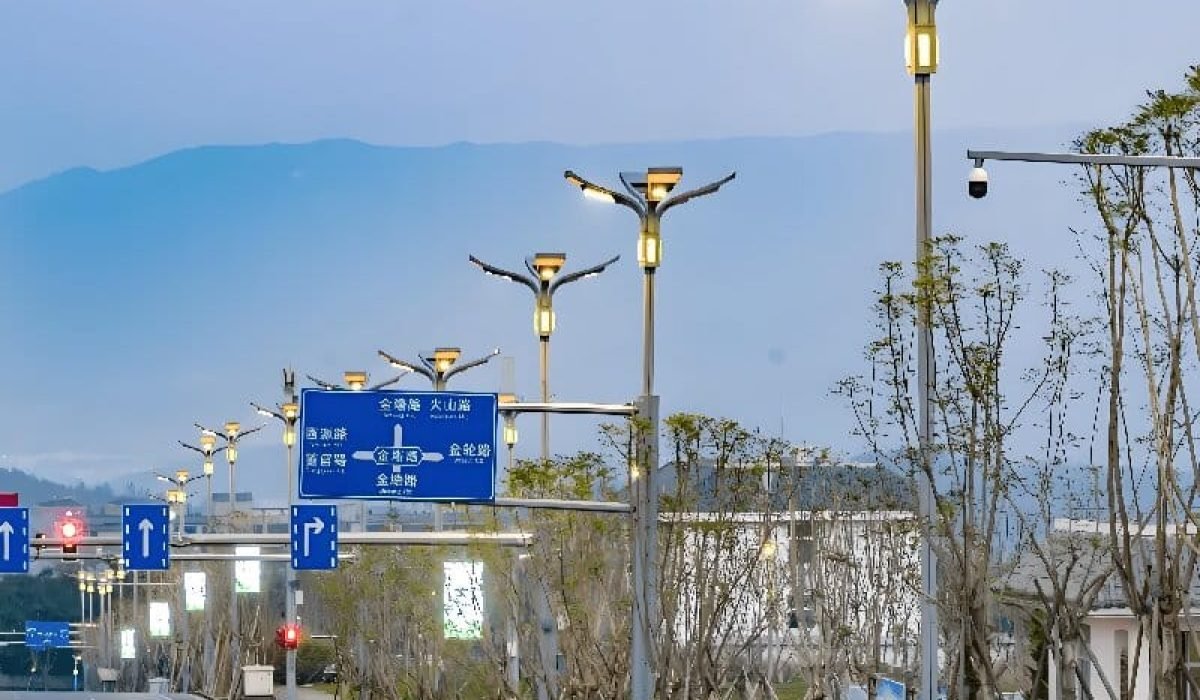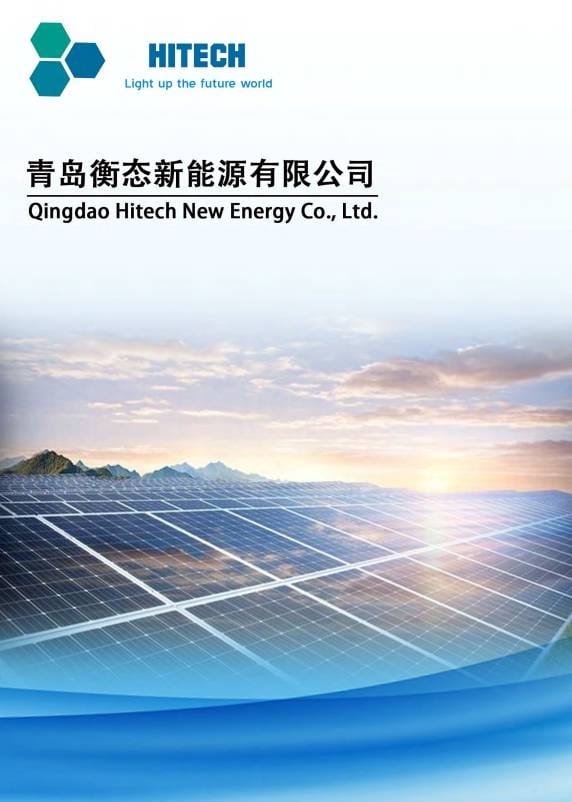To choose the correct height and dimensions of light poles, consider the application, area size, lighting fixture type, and compliance with safety standards. Heights range from 3 to 12 meters, and dimensions depend on wind load, fixture weight, and design preferences.
Are you struggling to achieve the perfect balance of functionality and aesthetics in your lighting design? Choosing the wrong height or dimensions for your light poles can result in uneven lighting, wasted energy, or a lack of harmony with the surroundings. But don’t worry—this guide will provide all the insights you need to make the best choice.
Let’s dive deeper into the factors influencing these decisions.
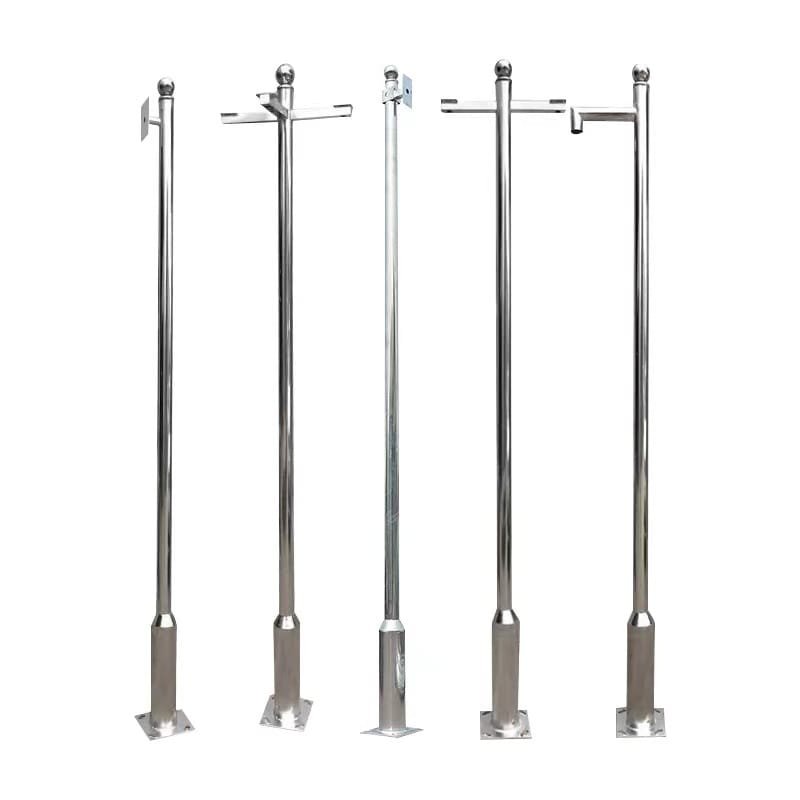
Why the Height and Dimensions of Light Poles Matter
The height and dimensions of a light pole are not just about aesthetics—they directly impact:
- Illumination Coverage:
A pole that’s too short may create dark spots, while one that’s too tall may lead to over-lighting and wasted energy. Proper height ensures uniform coverage and enhances safety. - Safety and Durability:
Poles must withstand environmental forces like wind and weather. Taller poles with larger fixtures require stronger materials and broader bases to ensure stability. - Cost Efficiency:
Over-engineered poles can increase material and installation costs unnecessarily. Selecting the right dimensions balances performance and budget.
Factors to Consider When Choosing Light Pole Heights
- Application-Specific Needs:
Different settings require different pole heights:
- Street Lighting: 9–12 meters for broad, even light distribution.
- Parking Lots: 6–9 meters for medium-range illumination.
- Sports Fields: 12–20 meters to cover large, open spaces.
- Pathways and Gardens: 3–6 meters for decorative and ambient lighting.
- Street Lighting: 9–12 meters for broad, even light distribution.
- Area Size and Layout:
- For larger spaces, taller poles reduce the number of fixtures needed.
- For narrow or confined areas, shorter poles provide focused lighting without spillover.
- For larger spaces, taller poles reduce the number of fixtures needed.
- Fixture Type and Lighting Requirements:
- LED fixtures often work well with shorter poles due to their efficiency and focused beams.
- Metal halide or high-pressure sodium lamps may require taller poles to minimize glare.
- LED fixtures often work well with shorter poles due to their efficiency and focused beams.
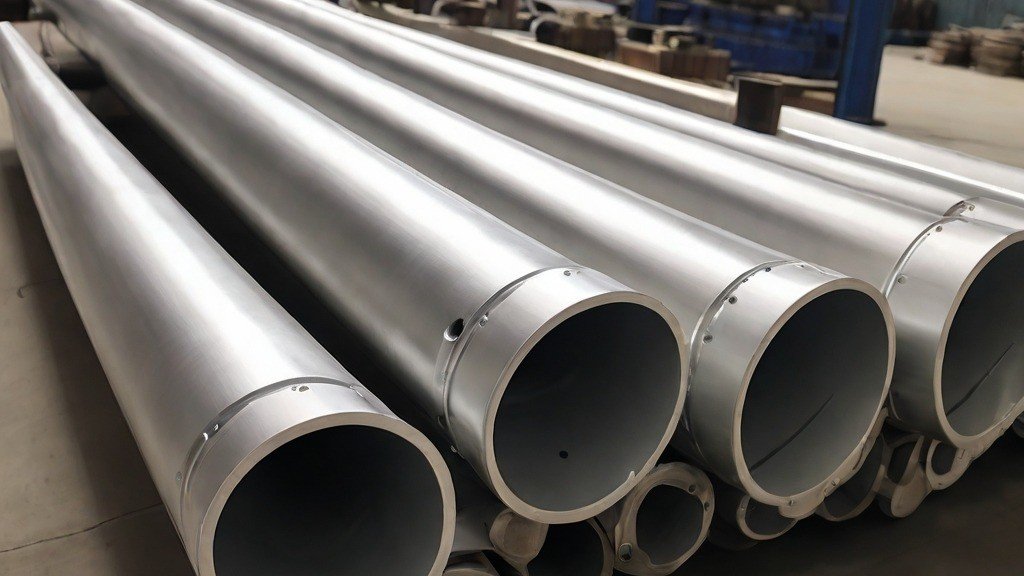
Determining the Dimensions of Light Poles
- Material and Structural Strength:
- Steel: Strong and durable, suitable for taller poles and heavy fixtures.
- Aluminum: Lightweight, corrosion-resistant, and ideal for coastal or humid environments.
- Steel: Strong and durable, suitable for taller poles and heavy fixtures.
- Wind Load Resistance:
Taller poles face higher wind pressures. Calculating the wind load is crucial to ensure stability, especially in exposed areas. - Fixture Weight and Arm Length:
- Poles must support the weight of the lighting fixture and any additional accessories, like banners or cameras.
- Longer arms require stronger poles to maintain balance.
- Poles must support the weight of the lighting fixture and any additional accessories, like banners or cameras.
Balancing Aesthetic and Practical Requirements
- Design and Finish:
- Match pole designs with the environment. Modern designs suit urban areas, while classic styles complement parks or heritage sites.
- Powder-coated or anodized finishes provide both durability and visual appeal.
- Match pole designs with the environment. Modern designs suit urban areas, while classic styles complement parks or heritage sites.
- Color Options:
- Neutral colors like black, gray, or bronze blend seamlessly with most surroundings.
- Custom colors can highlight specific architectural themes.
- Neutral colors like black, gray, or bronze blend seamlessly with most surroundings.
- Decorative Elements:
- Additions like finials or base covers enhance the visual appeal of light poles in decorative spaces.
- Additions like finials or base covers enhance the visual appeal of light poles in decorative spaces.
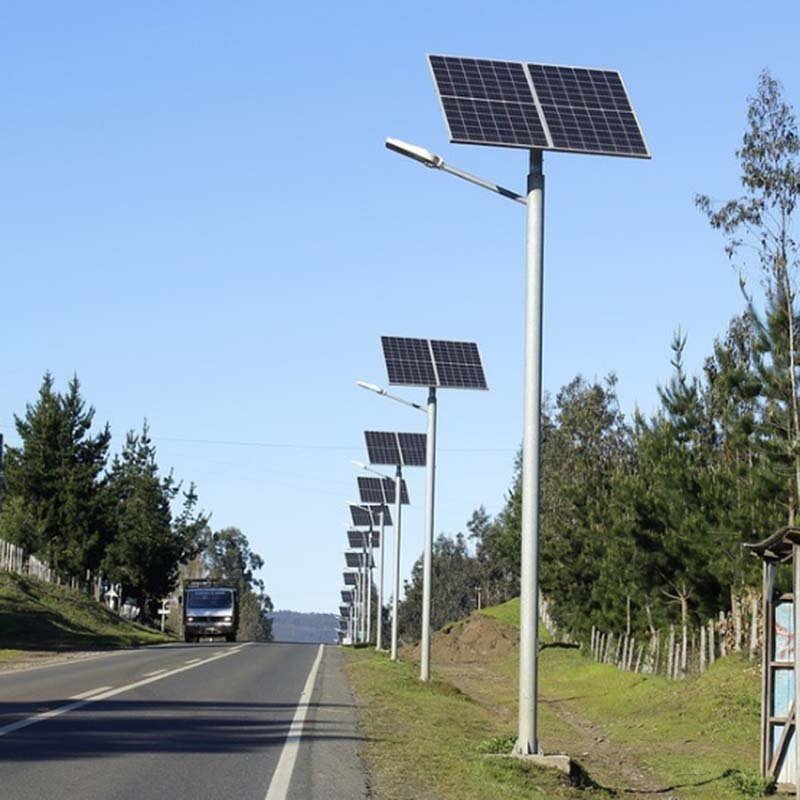
Industry Standards and Local Regulations
- Compliance with Safety Standards:
- Ensure poles meet local regulations for height, spacing, and electrical safety.
- Follow guidelines such as EN 40 for European markets or ASTM standards in the U.S.
- Ensure poles meet local regulations for height, spacing, and electrical safety.
- Zoning Requirements:
- Some areas may restrict pole heights or require specific designs to maintain community aesthetics.
- Some areas may restrict pole heights or require specific designs to maintain community aesthetics.
- Energy Efficiency Standards:
- Use poles that support energy-efficient fixtures, reducing long-term operational costs.
- Use poles that support energy-efficient fixtures, reducing long-term operational costs.
Conclusion: Achieving Optimal Lighting with the Right Light Pole
Choosing the right height and dimensions for light poles is a critical step in achieving effective, safe, and visually appealing lighting. By considering the application, area size, fixture type, and structural requirements, you can ensure optimal performance and cost-efficiency.
Don’t leave your lighting design to chance—consult with professionals to select the perfect light poles for your project. The right choice can illuminate your space beautifully while saving time and resources in the long run.

